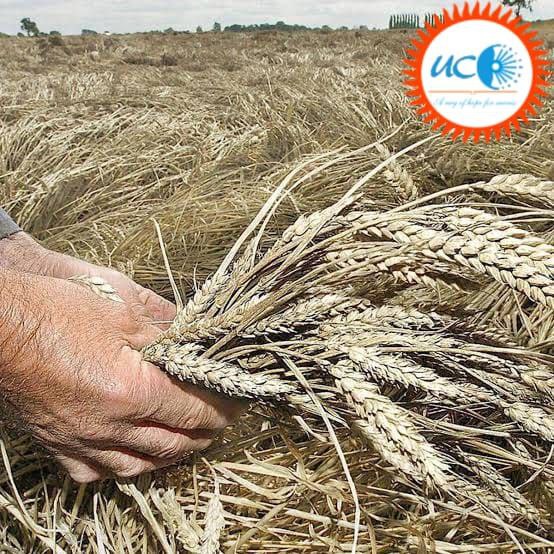Climate Change and Indian Monsoon
Context: Monsoon in India has undergone several changes over the years. A shift in the track of the monsoon system, low pressure and depression travelling south of their position and flash floods are a result of this change. These changes are responsible for intense and unprecedented weather conditions over those regions which once struggled to record even bare minimum monsoon rains. This is attributed to the looming threat on food security, and it is only a matter of time before it has socio-economic impact.
What are the reasons for alteration?
- The situation is a result of complex mix of events such as the ongoing La Nina conditions, the abnormal warming of East Indian Ocean, negative Indian Ocean Dipole (IOD), southward movement of most of the monsoon depressions and lows and pre-monsoon heating over the Himalayan region are melting glaciers.
- The problem is that it is very challenging to understand the situation and calls for a lot more research.
- Most of the monsoon weather systems now have been travelling across central parts of the country, changing the area of rainfall. Experts blame Climate change for these changes.
- As a result, States such as Madhya Pradesh, Gujarat, Rajasthan and parts of Maharashtra have been recording excess rainfall this season.
- Usually, monsoon systems move across Northwest India giving rains over the region there.
- After a weak onset, monsoon went into a lull and so no thumping activity was seen in Kerala and adjoining parts of Karnataka.
- By June, monsoon had reached the plains but the onset was not a strong one.
- This resulted in West Bengal, Jharkhand and Bihar not receiving normal rains.
- Back-to-back active monsoon systems in the Bay of Bengal in July led to excess rainfall to the tune of 8% — actual rainfall recorded was 472.8 mm as against the normal of 437.2 mm.
- August too saw two back-to-back depressions forming in the Bay of Bengal and travelling across Central India. These intense systems in quick succession kept the monsoon trough well south of its normal position for most of August
South Asia
- During the last six months, the entire South Asia has been reporting a series of extreme weather events.
- While Bangladesh, Pakistan and India have battled severe floods, China is reeling under massive drought conditions.
- Slow onsets can still be taken care of through adaptation and resilience ideas but big events are very difficult to cope with. Countries have to divert development money to climate finance to combat climate change.
Impact
- One of the major impacts of changes in track of monsoon systems can be seen on kharif crops, particularly rice production.
- Due to southward movement of majors, all main monsoon low pressure areas and depressions, rice producing States such as West Bengal, Bihar, Jharkhand and east Uttar Pradesh have been deficit by large margins.
- Bihar, West Bengal and Uttar Pradesh, which account for a third of the country’s total rice production, have been highly deficit despite an active monsoon current in July and August.
- Uneven distribution rains along with increasing temperatures and humidity give rise to pest attacks and diseases which impact the quality of the grain as well as the nutritional value
- According to a study, ‘Climate change, the monsoon, and rice yield in India’, very high temperatures (> 35°C) induce heat stress and affect plant physiological processes, leading to spikelet sterility, non-viable pollen and reduced grain quality.
- Drought, on the other hand, reduces plant transpiration rates and may result in leaf rolling and drying, reduction in leaf expansion rates and plant biomass, immobilisation of solutes and increased heat stress of leaves.
Recent research indicates that monsoon rainfall became less frequent but more intense in India during the latter half of the 20th century. Scientists and food experts believe that a better rainfall scenario could have helped increase the harvest. However, India’s hundreds of millions of rice producers and consumers are being affected negatively with these unprecedented changes which are also raising concerns over food security.
Practice Question
1.Climate change is increasingly impacting all aspects of our lives. Elaborate on how it will impact Food security and monsoon patterns?




